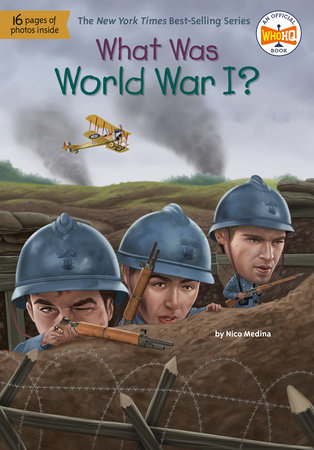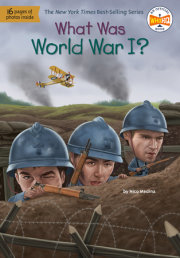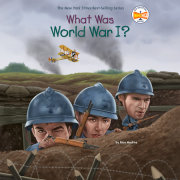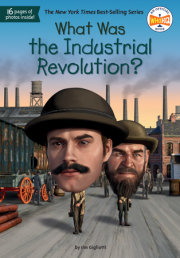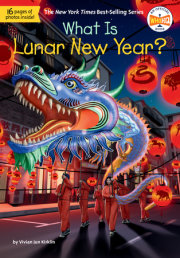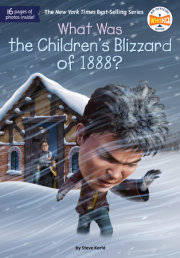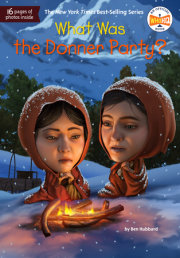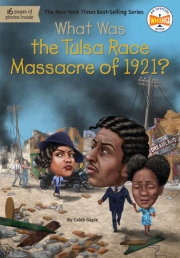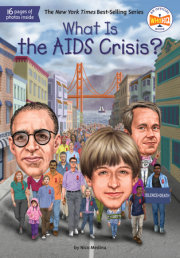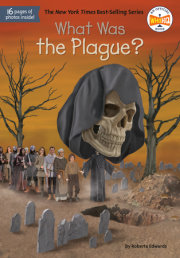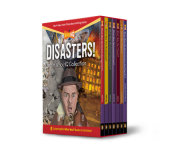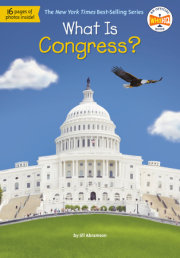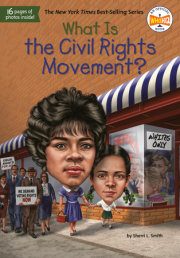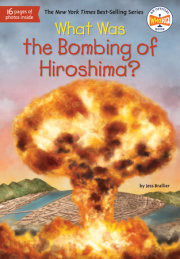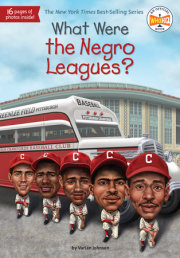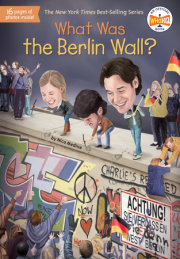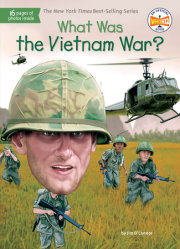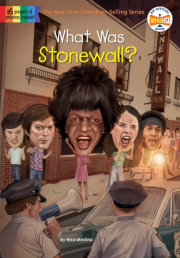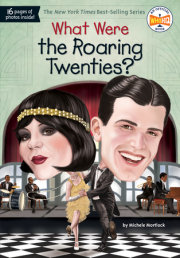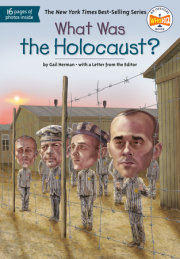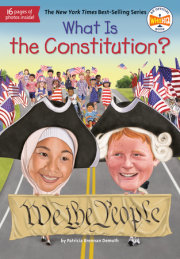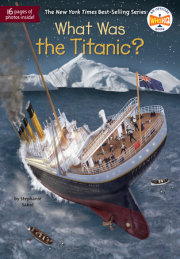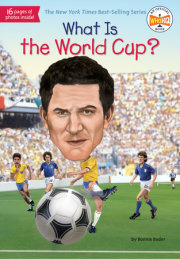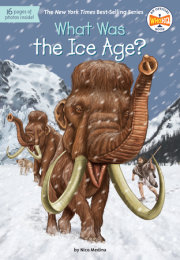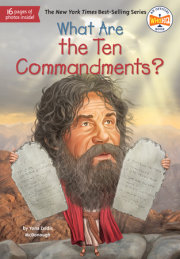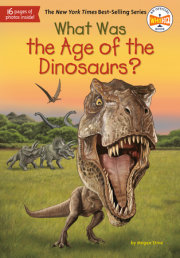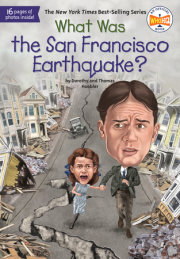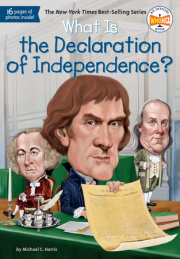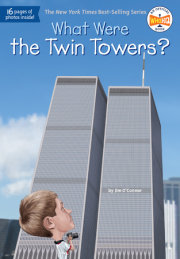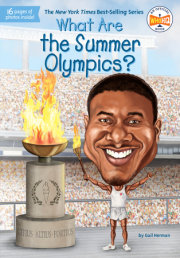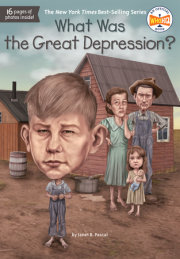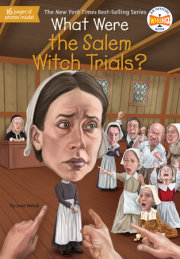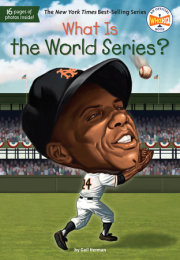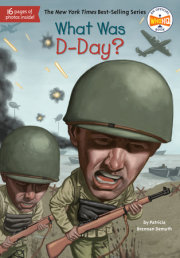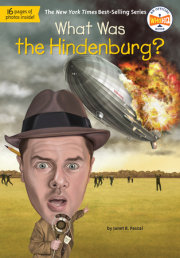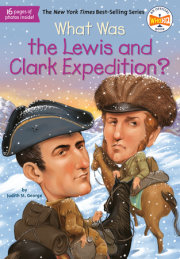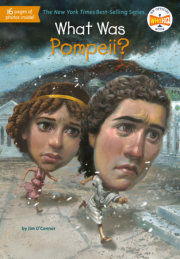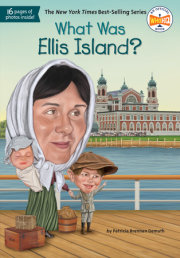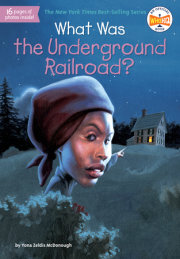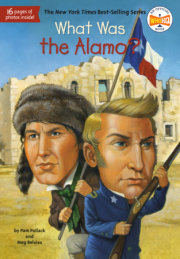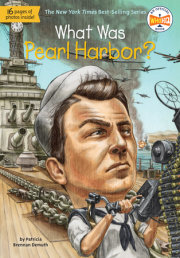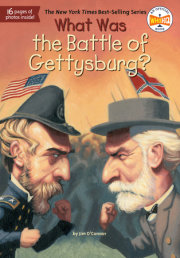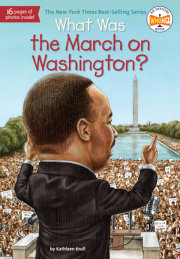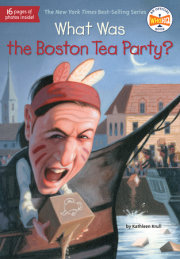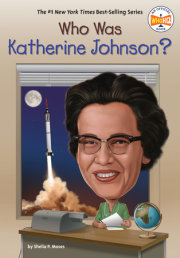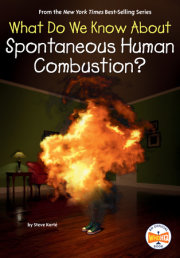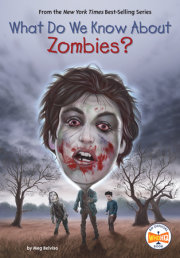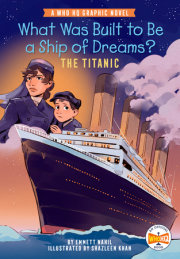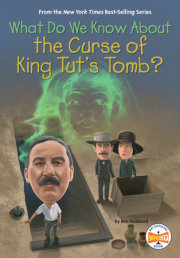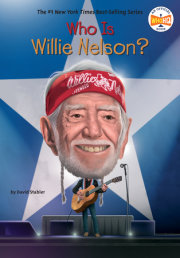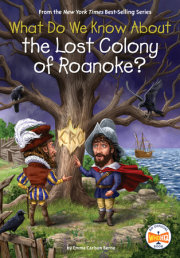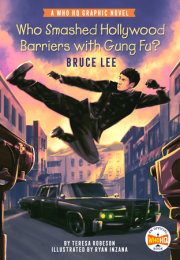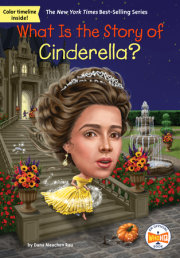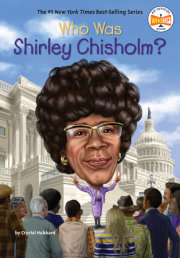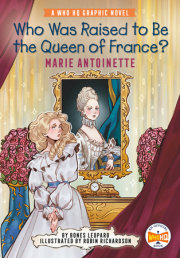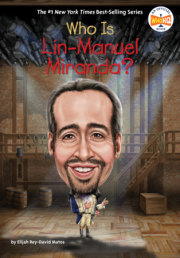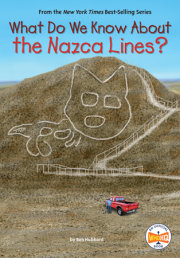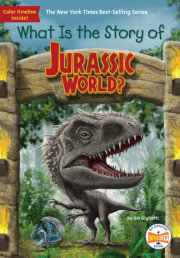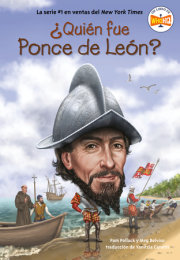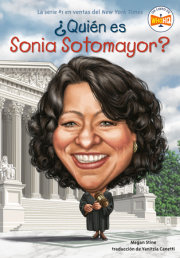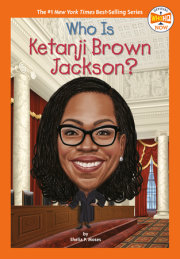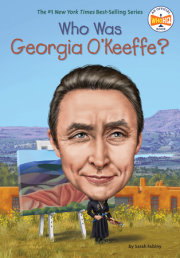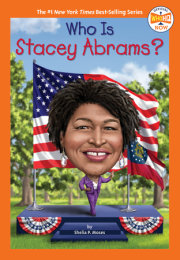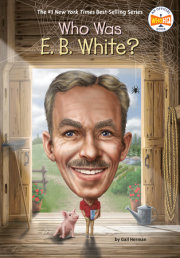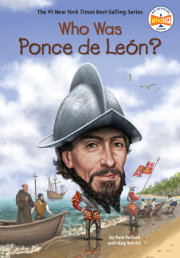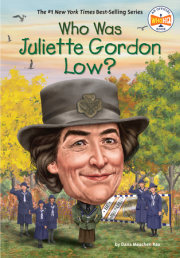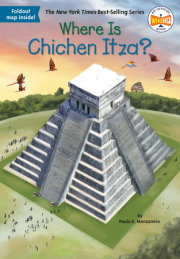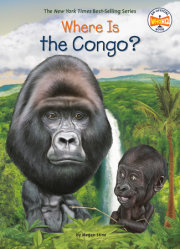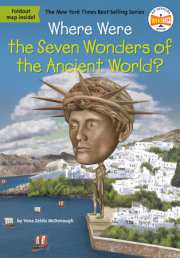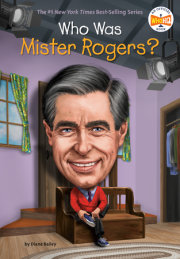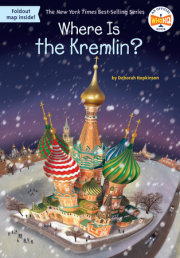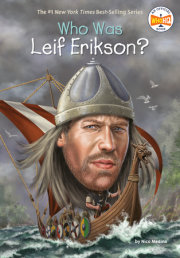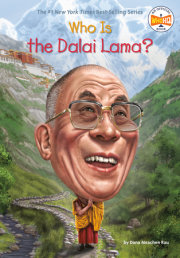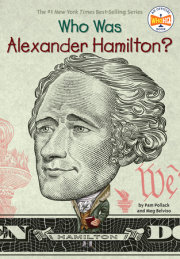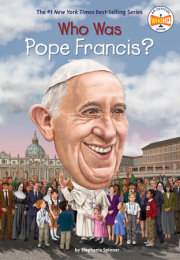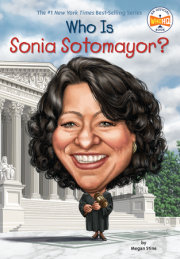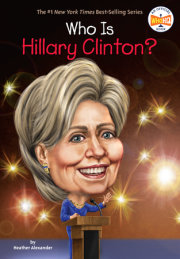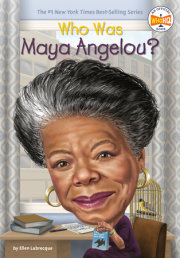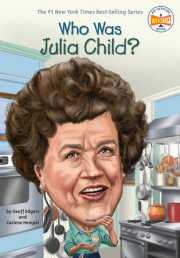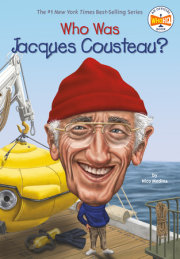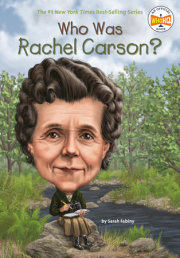What Was World War I? By late December 1914, a war in Europe had been raging for more than four months. The armies fighting against one another were holed up inside deep trenches.
Twin lines of these trenches zigzagged five hundred miles from Switzerland all the way to the North Sea. This was the Western Front in the bloody war. (Fighting was also taking place in eastern Europe.) Defending one line of trenches were soldiers from Great Britain, Belgium, and France. Behind the other line was the German army.
In between the trenches was a wide expanse known as no-man’s-land. It was about 250 yards across and laden with barbed wire. Littered with abandoned military equipment and fallen soldiers, no-man’s-land was extremely dangerous to cross.
The trenches were three to six feet wide and up to ten feet deep. They were disgusting places, muddy and full of rodents. But they offered troops some protection from enemy fire—if they kept their heads down! New kinds of rifles were being used and could fire from longer distances than ever before. And heavy artillery shells from each side blasted deep holes in the ground and could blow soldiers’ bodies apart.
Battles along the trench lines dragged on for weeks or months, not days. Attack after attack was repelled by the other side. Often there was no clear victory. Neither army gained much ground, and the bodies kept piling up. In just one day at the Battle of the Somme, more than nineteen thousand British soldiers died.
It was a vicious kind of warfare never seen before. But for one day that winter, there was a moment of peace and goodwill.
On Christmas Eve, British soldiers in Belgium heard something coming from the other side of no-man’s-land. The Germans were singing Christmas carols! The British soldiers began singing, too.
“Come over here!” one German soldier shouted in English.
“You come halfway, I come halfway!” replied one of the British sergeants.
And so they did!
The two groups of soldiers climbed cautiously out of their trenches and stepped into no-man’s-land. They met in the middle and shook hands, wishing one another a Merry Christmas. Gifts of cigarettes, wine, and sweets were exchanged. Christmas trees were lit with candles.
The celebration lasted all night and into Christmas Day, when a friendly game of soccer took place.
“How marvelously wonderful, yet how strange it was,” a German lieutenant later wrote. “Christmas, the celebration of love, managed to bring mortal enemies together as friends for a time.”
The Christmas Truce was celebrated by as many as one hundred thousand soldiers, all along the Western Front. But it didn’t last long. The following day, both sides went right back to killing each other.
Many of these men and boys had expected to be home for the holidays. Their countries’ leaders had said the war would be over quickly. But it would be almost four more years before it ended.
In World War I, Germany and its allies, the Central Powers, battled the Allied forces of France, Great Britain, and Russia (and eventually the United States) across four continents—on land, in the air, and at sea. Advances in weaponry—tanks, machine guns, poison gas, warplanes—led to unimaginable death tolls and near-total destruction.
More than nine million soldiers were killed, and more than twenty-one million wounded. Millions more were imprisoned or went missing. As many as thirteen million civilians died of starvation, disease, or at the hands of invading forces.
By the time Germany lost the war, its population was starving and its economy lay in ruins. Its empire had crumbled, along with the royal monarchies of Austria-Hungary and Russia. Europe and the world were forever changed.
How had this all come to pass?
Chapter 1: Rival Empires In 1914, the world looked very different than it does today. Africa and South Asia were largely ruled by the British and French empires. Raw materials from France’s and Britain’s overseas colonies made the empires very rich and powerful.
Germany was still a young nation. Once a collection of small kingdoms, it had unified only in 1871. But Germany modernized rapidly.
Germany’s leader, Kaiser Wilhelm II, believed the only way for his country to remain secure was to become the world’s most powerful empire. So Germany began to build factories, ports, and railways. It also expanded its military, stockpiled weapons, and took over parts of Africa, Asia, and several Pacific islands.
France and Germany were neighbors—and bitter rivals. They had fought many wars over the years and did not trust each other. France and Great Britain watched Germany’s rise with alarm. So did Russia, Germany’s neighbor to the east.
What if Germany tried to expand its empire within Europe?
France, Russia, and Great Britain decided to form alliances with one another. (An alliance is like a partnership between countries.) Alliances meant security and protection. If one country in an alliance was attacked, its allies would defend it.
Germany, surrounded by enemies, formed an alliance with its other neighbor, Austria-Hungary. The Austro-Hungarian Empire covered much of Central Europe. Franz Joseph I was its ruler.
Some fifty million people lived in the Austro-Hungarian Empire. They came from many cultures and spoke more than a dozen languages. They didn’t feel like part of one empire. Each different area felt separate. Franz Joseph worried that some might try to form their own nations.
In 1908, Franz Joseph took over a small nation called Bosnia. Bosnia’s neighbor was Serbia, which had become independent in 1878. (Both countries had formerly been part of another vast empire, the Ottoman Empire.)
Many Serbians encouraged Bosnia—and other places under Austro-Hungarian rule—to become a part of
their new country.
Did Franz Joseph like this? Absolutely not. He did not want to give up any of his empire.
Perhaps a quick, decisive war against Serbia would make other countries think twice before challenging the Austro-Hungarian Empire.
What would be the spark to ignite such a war?
Chapter 2: One Wrong Turn in Sarajevo On June 28, 1914, a nephew of Franz Joseph’s visited the city of Sarajevo, the capital of Bosnia. He was fifty years old and an important nobleman: Archduke Franz Ferdinand. Someday, after his uncle died, Franz Ferdinand would become the emperor of Austria-Hungary—and rule over Bosnia.
The people of Bosnia felt insulted by the archduke’s visit. It had to do with the date he chose to come. It was a solemn day in their history—five centuries before, the region had been conquered by the Ottoman Empire. Angry at this show of disrespect, a group of young men armed themselves with guns and explosives.
Unwisely, the archduke ignored warnings about plots against his life. He and his wife, Sophie, even rode in the back of their convertible with the top down! His motorcade’s planned route had been published in newspapers ahead of his visit. So the terrorists knew exactly where to wait for him.
As the motorcade proceeded through Sarajevo, a bomb was thrown at the archduke’s car. It bounced off the rear and exploded underneath the car behind the royal couple, injuring several people, including an official in the car. But the archduke and his wife were unharmed.
Franz Ferdinand refused to cancel the rest of his trip. He met with the mayor, as planned. Afterward, the archduke decided to visit the hospital to see the official who had been wounded by the bomb. For safety reasons, it was decided the archduke would take a different route out of the city. But his driver didn’t speak German and did not understand the new plan!
One fateful turn brought the archduke and his wife directly to the street where nineteen-year-old Gavrilo Princip was waiting. A Bosnian official riding with the royal couple told the driver he had gone the wrong way. The driver tried to reverse, but the car stalled.
Princip stepped onto the running board of the convertible and fired two shots, hitting the archduke in the neck and Sophie in the stomach. An hour later, Franz Ferdinand and his wife were dead.
Princip and the other terrorists were Serbian. They had been armed and trained in their country then snuck across the border into Bosnia. Because of this, Austria-Hungary blamed Serbia for the archduke’s murder.
Now Franz Joseph felt it necessary to start a war. He intended to make Serbia part of his empire. This would discourage the nations within the Austro-Hungarian Empire from declaring their independence.
But Franz Joseph worried Serbia’s good friend Russia might come to its defense. So he approached his friend Kaiser Wilhelm II. The kaiser pledged Germany’s full support for Franz Joseph if war broke out. Like Franz Joseph, the kaiser saw the war as an opportunity to crush his rivals and expand his empire.
On July 28, 1914, Austria-Hungary declared war on Serbia. After that, it was like a row of dominoes falling. Soon, nearly all of Europe had taken sides: the Allies (France, Great Britain, and Russia) versus the Central Powers of Germany and Austria-Hungary.
One wrong turn and a fatal gunshot were all it took to spark what would become a worldwide war.
Copyright © 2023 by Penguin Random House LLC. All rights reserved. No part of this excerpt may be reproduced or reprinted without permission in writing from the publisher.

